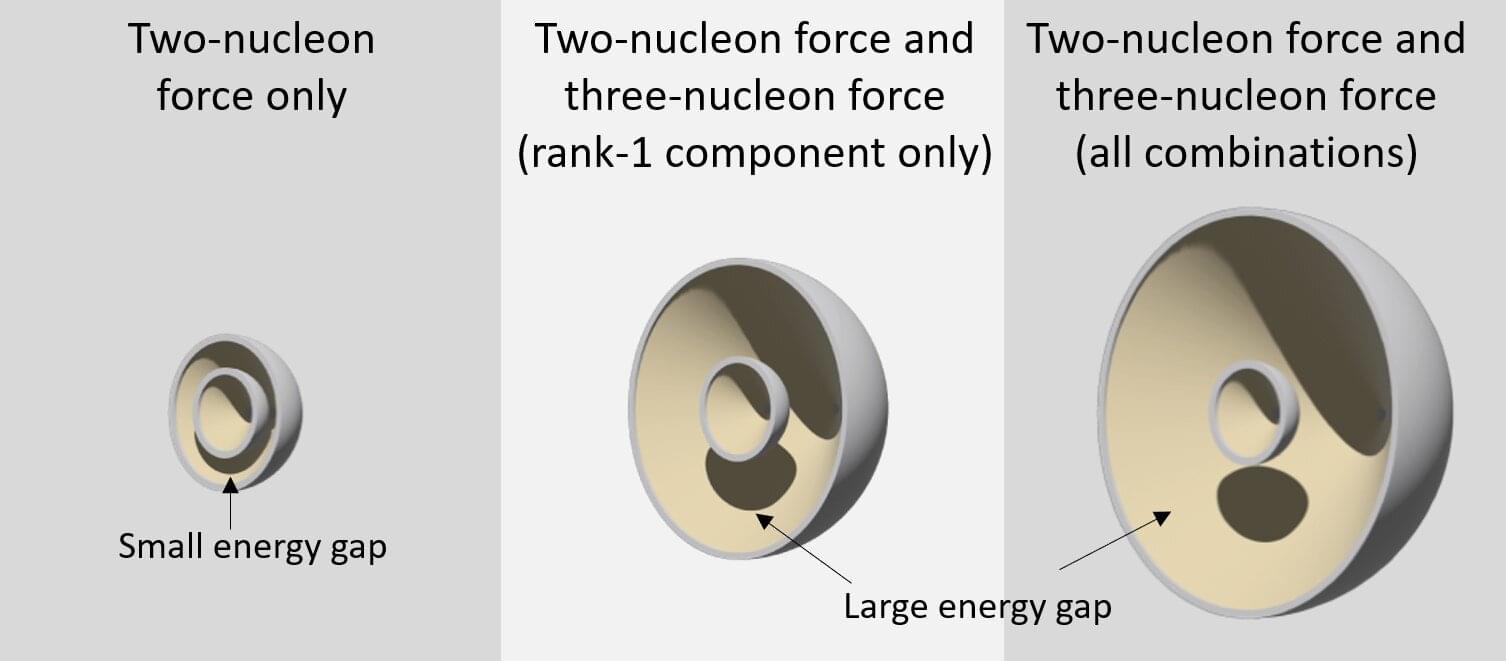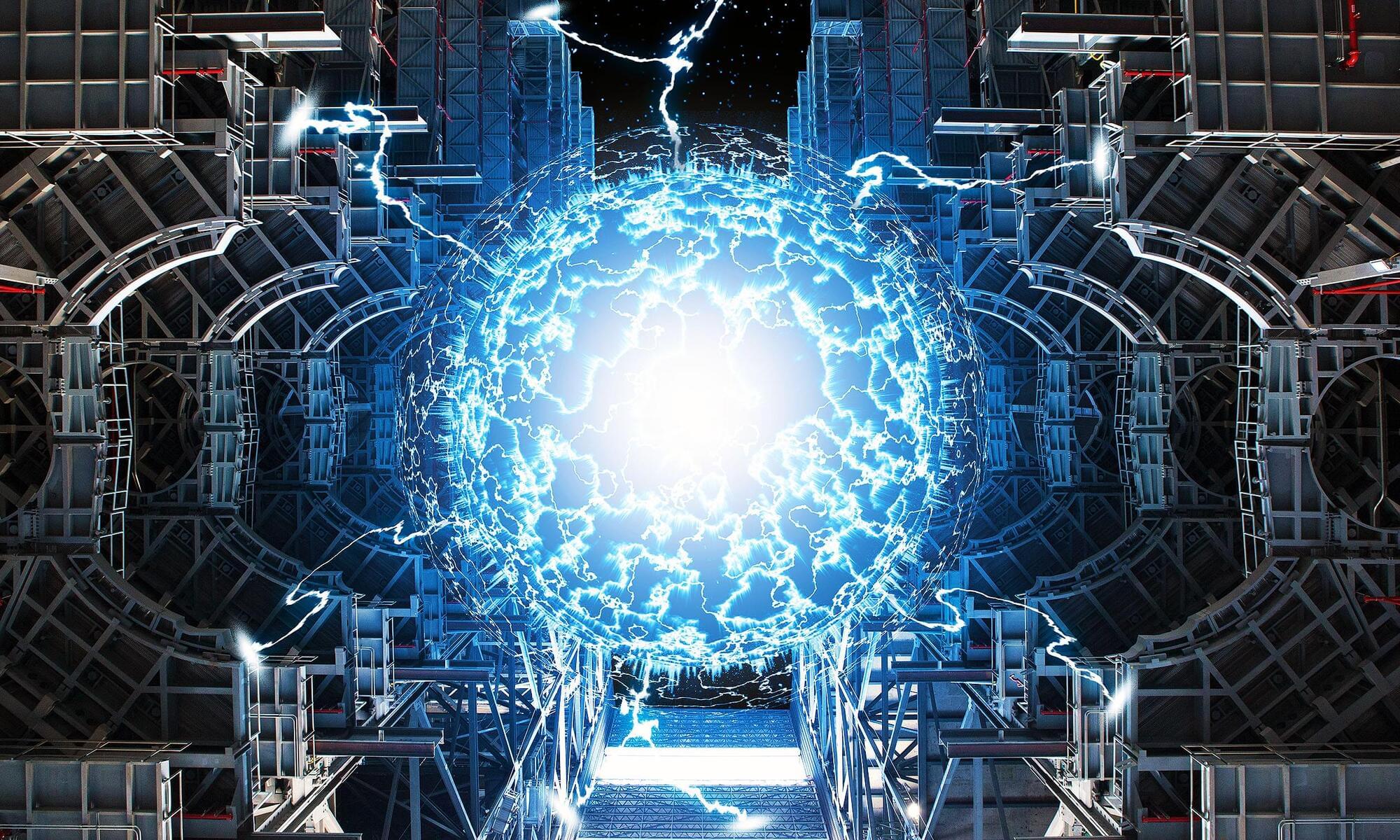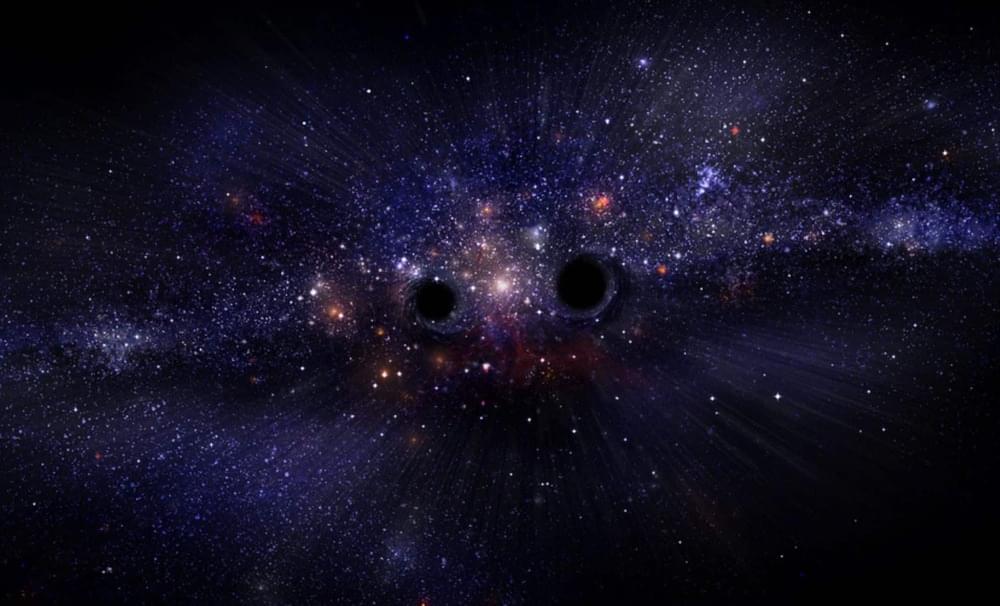The creation of energy from nuclear fusion has been a goal for decades. And technology advances at companies like General Atomics in San Diego are bringing us closer to it. KPBS sci-tech reporter Thomas Fudge tells us about this quest to put the “sun in a bottle,” and use it to provide what would be abundant power.
Category: nuclear energy – Page 27

NEON experiment shares results from first direct search for light dark matter
Detecting dark matter, the elusive type of matter predicted to account for most of the universe’s mass, has so far proved to be very challenging. While physicists have not yet been able to determine what exactly this matter consists of, various large-scale experiments worldwide have been trying to detect different theoretical dark matter particles.
One of these candidates is so-called light dark matter (LDM), particles with low masses below a few giga-electron volts (GeV/c2). Theories suggest that these particles could weakly interact with ordinary matter, yet the weakness of these interactions could make them difficult to detect.
The NEON (Neutrino Elastic Scattering Observation with Nal) collaboration, a group of researchers analyzing data collected by the NEON detector at the Hanbit nuclear reactor in South Korea, have published the results of their first direct search for LDM.
For the First Time Ever: China’s Tiangong Astronauts Create Oxygen & Rocket Fuel in Orbit!
“For the First Time Ever: China’s Tiangong Astronauts Create Oxygen & Rocket Fuel in Orbit!”
For the first time, astronauts aboard China’s Tiangong space station have achieved a groundbreaking feat: converting carbon dioxide and water into oxygen and rocket fuel using artificial photosynthesis. This revolutionary technology mimics how plants create energy and has the potential to transform space exploration forever. Imagine astronauts producing breathable air and spacecraft fuel directly in orbit—no more costly resupply missions from Earth! This efficient, sustainable innovation could enable long-term missions to the Moon, Mars, and beyond, making the dream of a multi-planetary future more achievable than ever. In this video, we’ll explore how this technology works, why it’s so important, and what it means for humanity’s next big leap. Don’t miss out on this exciting update about the future of space exploration!
References:
https://www.scmp.com/news/china/science/article/3295452/chin…ation-leap.
https://interestingengineering.com/space/china-makes-resourc…ace-travel.
https://www.gasworld.com/story/china-turns-co2-into-oxygen-o…7.article/
.
Watch Also:
What is a Super-Earth (TOI-715 b): NASA’s new discovery That Could Support Life.
Did The NASA Hubble Telescope Really Capture Heaven?!
https://www.youtube.com/watch?v=ulPmKGaHXTg.
Step by Step! How SpaceX Assembled and installed Mechazilla in just a Few Weeks?
Russia’s Nuclear Space Weapon: How It Could destroy satellites with massive energy wave.
First Ever Negative Ions Detected on the Moon: Chang’e-6 Urgent News.
Green Hydrogen — The Future Clean Source Of Energy — Part 1

An overlooked nuclear force helps keep matter stable, study reveals
Researchers from Kyushu University, Japan have revealed how a special type of force within an atom’s nucleus, known as the three-nucleon force, impacts nuclear stability. The study, published in Physics Letters B, provides insight into why certain nuclei are more stable than others and may help explain astrophysical processes, such as the formation of heavy elements within stars.
All matter is made of atoms, the building blocks of the universe. Most of an atom’s mass is packed into its tiny nucleus, which contains protons and neutrons (known collectively as nucleons). Understanding how these nucleons interact to keep the nucleus stable and in a low energy state has been a central question in nuclear physics for over a century.
The most powerful nuclear force is the two–nucleon force, which attracts two nucleons at long range to pull them together and repels at short range to stop the nucleons from getting too close.


How NAD Keeps Your Cells Energized and Slows Down Aging
NAD, a vital molecule for cellular energy and DNA
DNA, or deoxyribonucleic acid, is a molecule composed of two long strands of nucleotides that coil around each other to form a double helix. It is the hereditary material in humans and almost all other organisms that carries genetic instructions for development, functioning, growth, and reproduction. Nearly every cell in a person’s body has the same DNA. Most DNA is located in the cell nucleus (where it is called nuclear DNA), but a small amount of DNA can also be found in the mitochondria (where it is called mitochondrial DNA or mtDNA).


World’s fastest supercomputer, “El Capitan,” goes online to safeguard US nuclear weapons
El Capitan can reach a peak performance of 2.746 exaFLOPS, making it the National Nuclear Security Administration’s first exascale supercomputer. It’s the world’s third exascale machine after the Frontier supercomputer at Oak Ridge National Laboratory in Tennessee and the Aurora supercomputer at the Argonne Leadership Computing Facility, also in Illinois.
The world’s fastest supercomputer is powered by more than 11 million CPU and GPU cores integrated into 43,000+ AMD Instinct MI300A accelerators. Each MI300A APU comprises an EPYC Genoa 24-core CPU clocked at 1.8GHz and a CDNA3 GPU integrated onto a single organic package, along with 128GB of HBM3 memory.
Super Nexus: Nuclear Powered Rocket
Convair’s Super-NEXUS—a visionary leap into spaceflight—was no ordinary vehicle. This partially reusable, Single-Stage-to-Orbit (SSTO) behemoth was designed to carry an astounding 2 million pounds of payload, making it a true giant of its time. Imagine a colossal structure that stood 400 feet tall, towering over even the mighty Saturn V, which itself reached a height of 363 feet. With a staggering diameter of 150 feet, the NEXUS would have dwarfed its predecessors in both size and capability.
But sheer size is only part of the story. In its largest proposed variant, the Super-NEXUS would have weighed an almost incomprehensible 48 million pounds when fully fueled—compared to the Saturn V’s comparatively modest 6.5 million pounds. This weight discrepancy highlights the ambitious scale of the project. The NEXUS wasn’t just a bigger rocket; it was an entirely new class of spacecraft, designed to deliver an unprecedented payload of 2 million pounds to low Earth orbit—more than eight times the capacity of the Saturn V.
And the innovation didn’t stop there. Unlike traditional one-and-done rockets, the Super-NEXUS was envisioned as a reusable marvel. It was designed not just to launch and land, but to land vertically on the ocean’s surface after each mission. Once safely aloft, the massive vehicle would be towed back to port by ships, ready to be refurbished and launched again. This ambitious dream, while never realized, pointed toward a future where space travel was as routine as any other form of transportation.
Such a vision was perhaps too far ahead of its time—but the audacity and scope of the Super-NEXUS continue to inspire, underscoring the boundless potential of human ingenuity in the quest to conquer the stars.

Dark Stars Discovered: The Cosmic Mystery That Could Rewrite Astronomy
For the first time in history, scientists using the James Webb Space Telescope (JWST) may have uncovered evidence of dark stars, colossal celestial objects powered not by nuclear fusion but by the enigmatic annihilation of dark matter. If confirmed, these mysterious entities could rewrite our understanding of the early universe and the nature of dark matter.